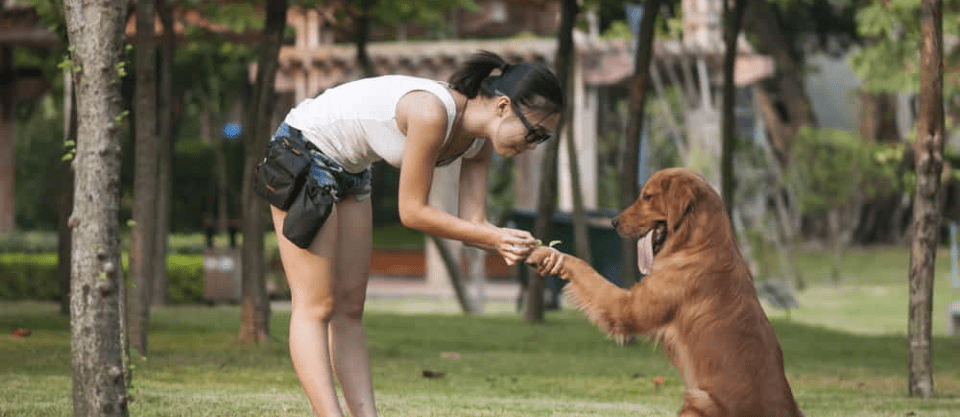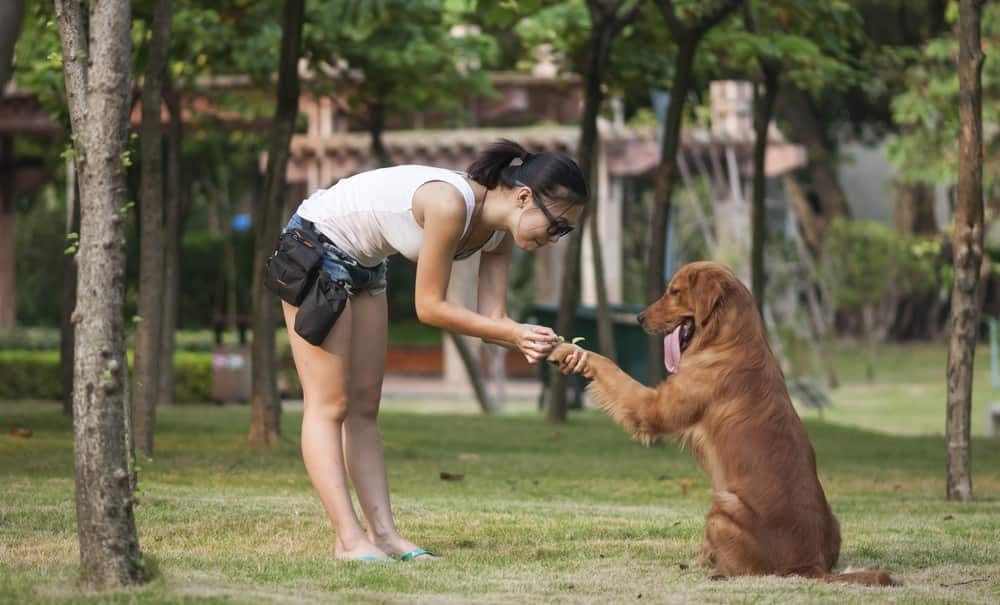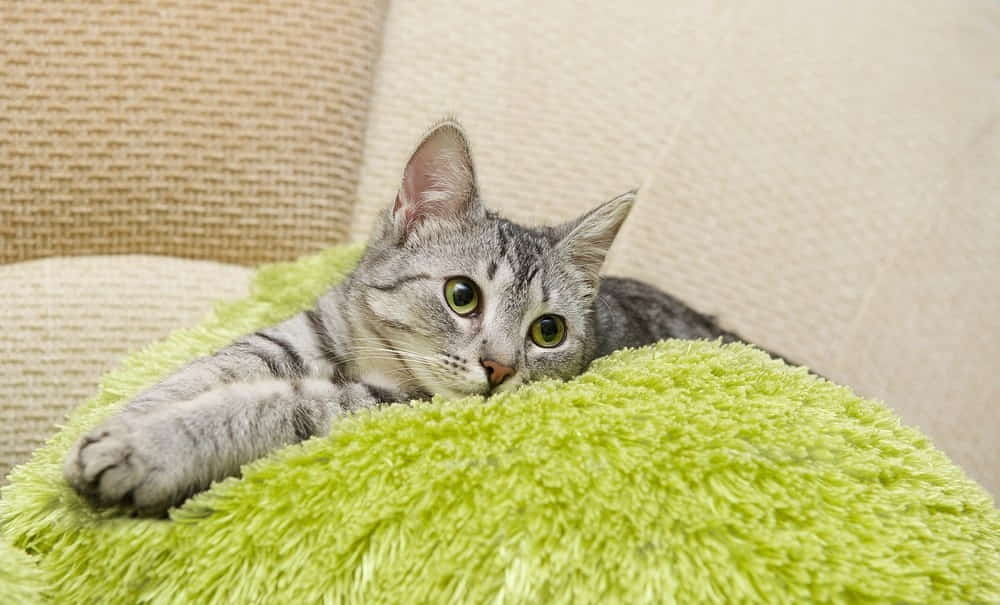
7 Pet Photography Tips for Beginners
Pets are often just furry children, taking up a lot of space in their owner’s hearts and, of course, things that are close to the heart make great photographic subjects. Although they are a beloved subject to shoot, most pets don’t sit still and certainly don’t understand “look at the camera.” Capturing the furriest members of the family can be a big challenge. Here are seven pet photography tips for beginners to get started.
Be patient
Photographing pets is a lot like photographing children. A good degree of patience is necessary. Pets aren’t likely to look at you and give you a winning shot the first time you press the shutter release. Plan to spend some time working to get those shots. If the pet doesn’t have a long attention span, try working in short bursts, giving both you and the pet a break in between.

** **Get their attention with treats and toys
** **Most pets aren’t going to look at the camera, at least not easily. Some pets will look at you when you call their name. Others may have a preference for squeaker toys. Some may be eager to look for a treat. If you are not photographing your own pet, be sure to ask the owner what catches their attention most. You don’t want too much attention, or they will rush up to the camera and be too close to photograph, just enough to get them looking your way.
** **Let them play

** **You don’t necessarily need to photograph them looking at you. While portraits where the pet is sitting and looking nicely at the camera are great, photographing pets at play can make some great images too. Simply letting the pet play is a good way to capture their individual personality. Play fetch with a dog or encourage a cat to play with cat nip, or string. If you can, head outside to capture the play in natural lighting.
** **Shoot at their eye level
** **If you photograph from your eye level, chances are you will be looking down on them (perhaps if you are photographing a horse, this isn’t the case). Looking down on a subject will make it appear smaller than it really is. A better approach is to shoot from their eye level. That may mean sitting, kneeling or even lying on your stomach. However awkward the adjusted position may feel, the perspective captures pets much better. Shooting at the pet’s eye level will help the photos to feel more like portraits than casual snapshots.
** **Focus on the eyes

** **In any portrait, pet or human, you should focus on the eyes. That’s what adds personality and depth to the shot, so be sure to get the eyes crisply focused. The easiest way to get the eyes in focus is to use single point autofocus. This mode allows you to move the focus point to whatever part you would like to focus on, in this case, the eyes. You can usually find the setting in the camera menu, and then move the point with the cursor. If you’re not sure, check with your camera’s manual, since every model is a bit different.
Use a fast shutter speed or sports mode
** **Most pets move fast. You’ll need a shutter speed to match, or they’ll appear blurry. If you haven’t yet learned how to use manual modes, use your camera’s sports mode to help freeze the action. If you’re a bit familiar with the manual modes, use shutter priority mode to select a high shutter speed. Outdoors, push the shutter speed as high as the scenario will allow. Indoors, you will likely need to use a flash with a 1/250 shutter speed to really freeze the action.
** **Try a diffused or bounced flash

Don’t be afraid to use a flash if the animal isn’t startled by it. A flash will actually help freeze the motion a bit more. The key is not to use a direct flash. Ideally, you should use an external hot shoe flash and bounce the light off the ceiling or a wall. Alternatively, you could also buy a diffuser to fit over your pop up flash, so it’s not quite so harsh, but a bounced flash is the best option. If the flash startles the pet though, avoid using it altogether.
As members of the family, pets should be photographed too. Be patient and come prepared with treats and toys, or simply photograph them at play. Shoot at their eye level, with a single point autofocus on one of their eyes. Use a fast shutter speed, and if needed, a flash to freeze the motion.
Looking to sharpen your photography skills? Join our top-rated professional photography classes today!



